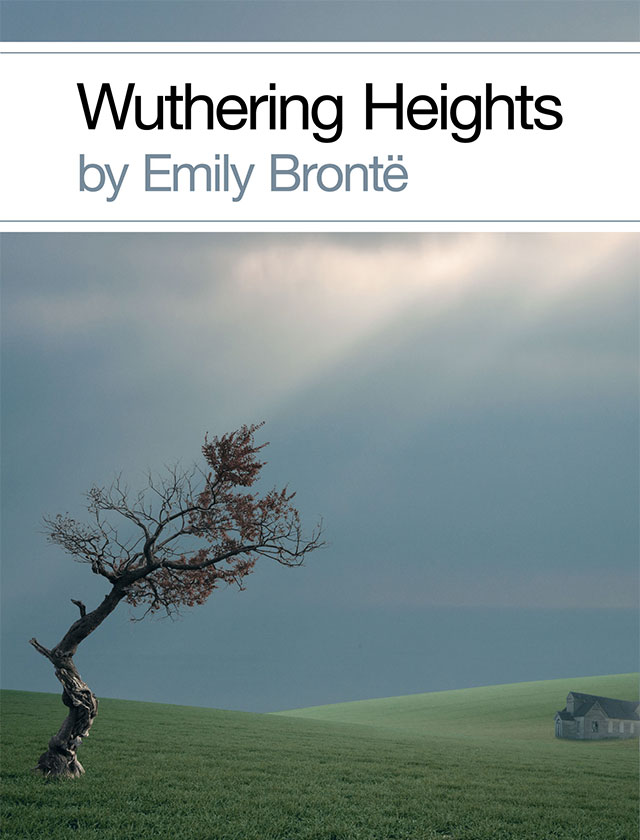Wuthering Heights
by Emily Bronte
Symbols and Themes
Revenge—Revenge is as much of an obsession for many of the characters as it is for Heathcliff. It may be said, however, that Heathcliff alone possesses (or is perhaps possessed by) the will to execute his revenge in so clinical a fashion. Revenge, for example, occupies the mind of Hindley, who only allows Heathcliff to stay in the hope of winning back his fortune. Heathcliff, however, is only there to have his revenge on Hindley and see him destroyed by his own vices. Hindley’s hatred for Heathcliff, moreover, is driven by a kind of revenge that is born from their very first meeting, when the gift of a fiddle that should have gone to Hindley is accidentally crushed by Heathcliff as the latter clings to Mr. Earnshaw.
Revenge somewhat less artfully occupies the mind of Edgar. He refuses to acknowledge his sister because he is offended by her fall and feels his pride insulted. His revenge on her comes by way of feigned indifference. He practices this same feigned indifference on his wife—although in both cases, he ultimately forgives, though it is much delayed both times.
Forgiveness—Cathy also shows signs of vengeance, especially with regard to Hareton, whom she believes mistreats her. However, Bronte appears to suggest that Cathy embodies forgiveness more than revenge. After all, she does not long harbor hatred for Hareton and, with some encouragement from Nelly, forgets the reasons she has to be spiteful, opens her heart to Hareton, and offers him friendship. She forgives his cruelty and he forgives her insults. Their end is a happy one, and thus Bronte uses their love as a counterpoint to Catherine’s and Heathcliff’s, which is more Romantic, uncontrolled, fatal, and capable of existing only in the imagination. Ultimately, forgiveness allows real love to bloom at Wuthering Heights.
The end of the novel thus echoes the beginning, when Lockwood himself dreams of the conflict between condemnation and forgiveness during the minister’s sermon about the 491st sin. After (in a sense)...
Sign up to continue reading Symbols and Themes >